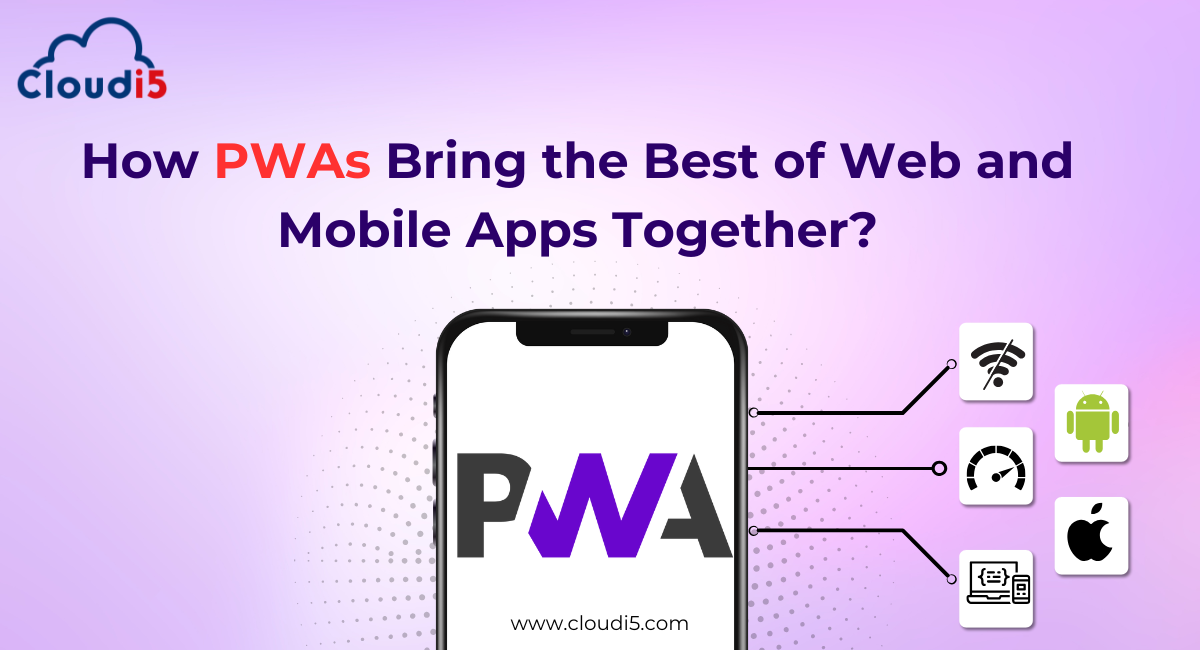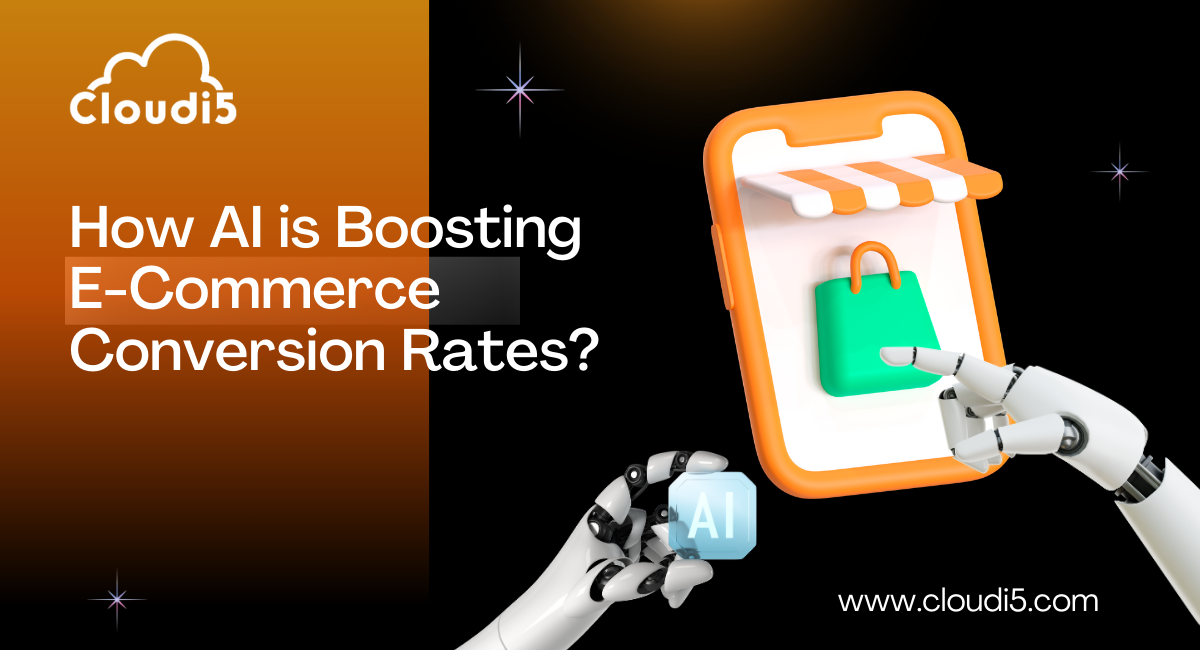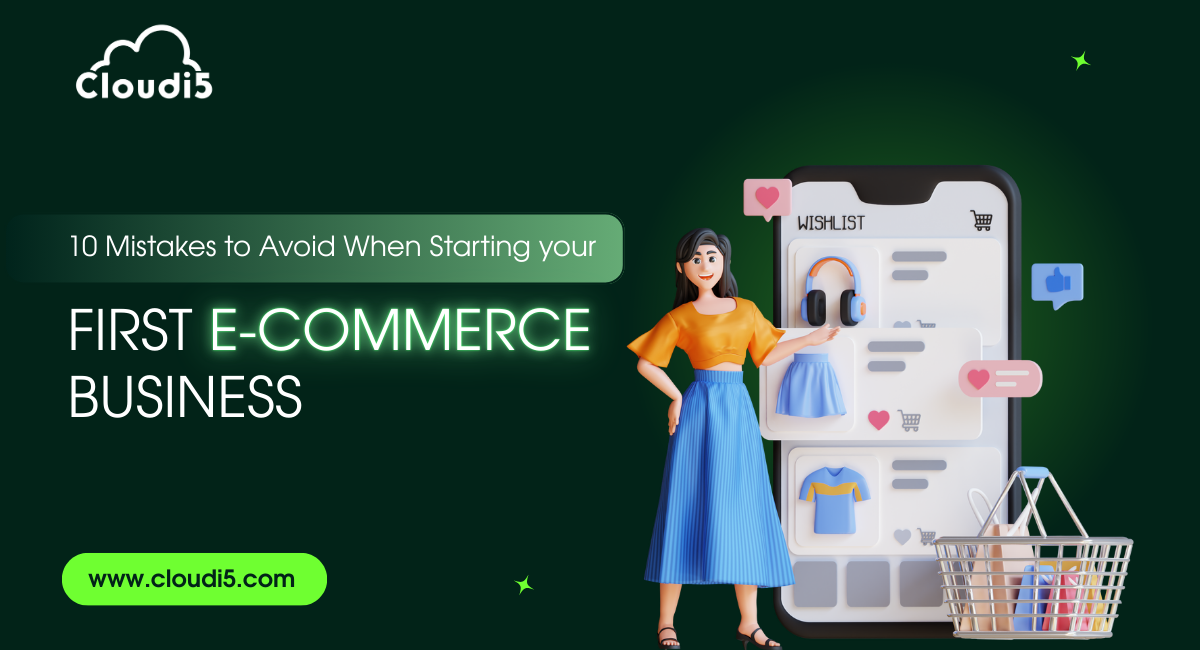
How PWAs Combine The Best Of Web And Mobile Apps
What Are PWAs?
PWAs as Web and Mobile Apps (Progressive Web Apps) are a new type of application built using standard web technologies that deliver an experience similar to native mobile apps, but directly through the web. These apps combine the benefits of both web and mobile apps, providing a fast, reliable, and engaging experience across devices without requiring app store installations.
Key Features of PWAs
- Offline Capability: PWAs can work offline or with a poor internet connection. They cache important resources, allowing users to interact with the app even when disconnected from the internet.
- App-like Experience: PWAs look and feel like native apps. They provide smooth interactions, fast load times, and can even be added to your home screen like a regular app.
- Push Notifications: PWAs can send notifications to users even when the app is not open, keeping them engaged and informed.
- Responsive Design: PWAs adapt to any screen size, making them perfect for mobile, tablet, and desktop users.
- Fast Loading: PWAs load quickly, even on slower networks, thanks to service workers that manage caching and background tasks.
- Secure: PWAs are served over HTTPS, ensuring secure connections and protecting users' data.
- No App Store Requirement: PWAs as Web and Mobile Apps don't require app store approval or downloads. Users can access the app directly from the browser and install it to their home screen without visiting the app store.
Why Use PWAs?
- Cost-effective: No need to develop separate versions for different platforms (iOS, Android, web).
- User-Friendly: Seamless experience, with fast loading, offline support, and notifications.
- Easy Updates: Since PWAs as Web and Mobile Apps update automatically when users visit, they always get the latest version without needing to go through app store updates.
Why PWAs Are the Future of App Development
PWAs (Progressive Web Apps) combine the best parts of web apps and mobile apps. They work offline, load fast, and feel like a real app, but don’t need to be downloaded from an app store. Businesses only need to build one app that works on all devices, saving time and money. PWAs update automatically, so users always have the latest version. They’re easy to use, fast, and cost-effective, PWAs as Web and Mobile Apps are the future of app development.
How PWAs as Web and Mobile Apps Combine Web and Mobile App Features
The Best of Both Worlds: Web + Mobile
PWAs as Web and Mobile Apps combine the accessibility of a website with the functionality of a mobile app. They work in any browser and can be added to your home screen, offering a smooth experience like a native app, without needing to download from an app store.
Offline Access & Push Notifications
PWAs allow users to access content offline, as they store key data for use without an internet connection. They can also send push notifications, just like native mobile apps, to keep users engaged.
Fast Loading and App-Like Experience
PWAs as Web and Mobile Apps load quickly, even on slow networks, thanks to smart caching. They offer an app-like experience with smooth transitions and responsive design, making them feel like a native app but accessible through the web.
How PWAs Improve User Experience
Seamless Cross-Platform Access
PWAs work across all devices—whether it's a smartphone, tablet, or desktop—without needing separate apps for each platform. Users can access the same app experience, whether they're on Android, iOS, or any browser, providing a smooth, consistent experience everywhere.
Installability Without App Stores
With PWAs, users can easily "install" the app directly from their browser onto their home screen, without having to visit an app store. This makes it quicker and simpler to get started, and users don’t have to worry about downloads or updates.
Better Performance and Reliability
PWAs as Web and Mobile Apps are designed for speed, loading quickly even on slow networks. They store data offline, so users can still use the app without an internet connection. This ensures that PWAs as Web and Mobile Apps provide a reliable and smooth experience, no matter the user's location or network quality.
Real-World Examples of Successful PWAs
Case Studies of Popular PWAs
- Twitter Lite
- Twitter’s PWA offers a fast, lightweight experience, using less data and loading quickly, even on slow connections.
- It’s optimized for mobile users and has increased engagement and faster load times compared to the native app.
- Pinterest
- Pinterest’s PWA saw a 40% increase in mobile-driven revenue after switching to a PWA.
- The app loads quickly, even on 2G networks, and offers a smooth, app-like experience on the web.
- Flipkart
- India’s largest e-commerce platform, Flipkart, adopted a PWA to enhance its mobile shopping experience.
- Flipkart’s PWA resulted in a 70% increase in conversion rates and faster load times, boosting sales.
- AliExpress
- AliExpress, a global e-commerce giant, switched to a PWA to improve performance on mobile devices.
- The PWA led to a 104% increase in conversions for new users, with faster loading and better engagement.
Why Businesses Are Switching to PWAs
- Lower Development Costs: Businesses no longer need to develop separate apps for iOS, Android, and the web. A single PWA works across all devices and platforms.
- Faster Load Times: PWAs load much faster than traditional websites and native apps, improving user experience and retention.
- Increased Engagement: Push notifications and offline functionality keep users engaged, even when they are not connected to the internet.
- Better Performance in Emerging Markets: PWAs perform well even in regions with slow internet speeds, making them a great option for global businesses.
- Easy Updates: PWAs automatically update in the background, ensuring users always have the latest version without needing to download anything.
These real-world examples show how PWAs as Web and Mobile Apps are transforming the way businesses interact with users, delivering better performance, higher engagement, and greater cost savings.
Challenges and Limitations of PWAs
While PWAs as Web and Mobile Apps offer many benefits, they also have some limitations. They don’t have full access to device features like native apps (e.g., advanced camera controls or Bluetooth). Some older browsers may not support all PWA features, and on platforms like iOS, PWAs don’t work as smoothly as on Android. Since PWAs aren’t listed in app stores, they can be harder for users to discover. Additionally, their offline functionality depends on how well the app is built, so a poor design can lead to a bad experience when there’s no internet.
The Future of PWAs in 2025 and Beyond
The future of PWAs as Web and Mobile Apps looks bright. By 2025, PWAs will become even more popular as they offer faster performance, work better offline, and are easier to build and maintain. As internet speeds improve and browser support grows, more businesses will switch to PWAs instead of traditional apps. This will be especially helpful in emerging markets with slower internet, where PWAs perform better than regular apps. PWAs as Web and Mobile Apps will keep growing as a cost-effective solution for reaching users across all devices.
How to Start Building Your Own PWA
- Learn the Basics
Start by learning the core technologies: HTML, CSS, and JavaScript. These are the building blocks of PWAs as Web and Mobile Apps and will help you create an app that works on any device. - Make Your Website Mobile-Friendly
Your PWA needs to look good and work well on all devices, so make sure your website is responsive. This means it should automatically adjust to different screen sizes (phones, tablets, desktops). - Add a Service Worker
A Service Worker is a piece of code that helps your PWA work offline and load faster. It stores data so users can still use your app without an internet connection. - Create a Web App Manifest
The manifest file is what lets users "install" your app to their home screen. It tells the browser how your app should appear, like the icon and theme color. - Test Your PWA
Test your app on different devices and browsers to make sure it works well. Make sure it loads fast, works offline, and gives a smooth user experience. - Launch and Share
Once your PWA is ready, deploy it on a secure server (using HTTPS). Then, let your users know they can add it to their home screen and use it like a regular app.
Conclusion
In conclusion, PWAs provide a fast, reliable, and cost-effective way to build apps that work seamlessly across all devices without needing app stores. They offer a great user experience, are easy to update, and work offline. If you're looking to create your own PWA, Cloudi5 Technologies can help you develop a smooth, high-performance app that runs efficiently on any platform.
Trusted By












Leave Comments